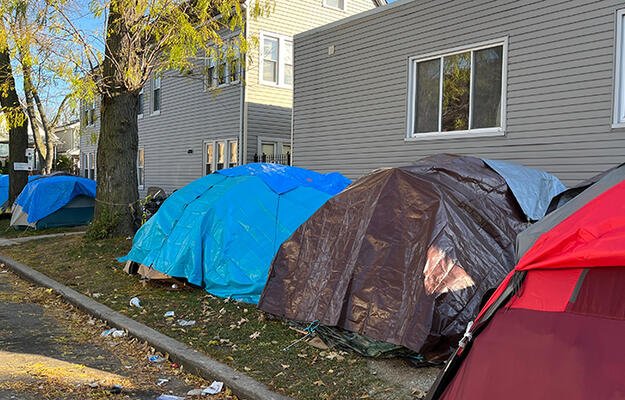
How Can Cities Produce More Affordable Housing?
- Title:
- How Can Cities Produce More Affordable Housing?
- Author:
-
Lance Freeman, Jenny Schuetz
- Source:
-
Cityscape
- Publication Date:
-
2017
Though cities have recovered from the 2008 recession, housing market trends have created new burdens. Gentrification has taken the form of “new build” housing in recent years, and the demand for housing in formerly depressed neighborhoods has skyrocketed—as have rents. Meanwhile, wages for low- and moderate-income families are stagnant, and federal subsidies for affordable housing have declined. In their article, Lance Freeman and Jenny Schuetz describe housing (particularly rental) affordability in rising markets, review strategies and policies addressing assistance for poor households in inner cities, and provide suggestions for more effective and sustainable affordable housing policies. They present the idea that for any policy tackling housing affordability to be successful, it must take a holistic approach that bridges human development and housing. They urge supporting neighborhoods, schools, crime, and other factors that affect quality of life, in addition to housing, to effectively and sustainably produce affordable housing.
Key findings
- The most widely used policies that address housing affordability, such as inclusionary zoning, have produced few affordable units and do not help much with overall housing affordability. The authors found that in the areas they studied, inclusionary zoning produced less than 0.1 percent of the affordable housing stock. A better understanding of why this is depends on recording better data on these programs.
- Cities and counties should reduce regulatory burdens of development to reduce the cost of new housing.
- Local governments should increase zoning density limits to allow for the production of small, low-cost units.
- Local governments and nonprofits working on housing affordability need to attract and use private funding. This will help create an economically diverse housing stock, which is important for labor markets to function and for family and community well-being.


